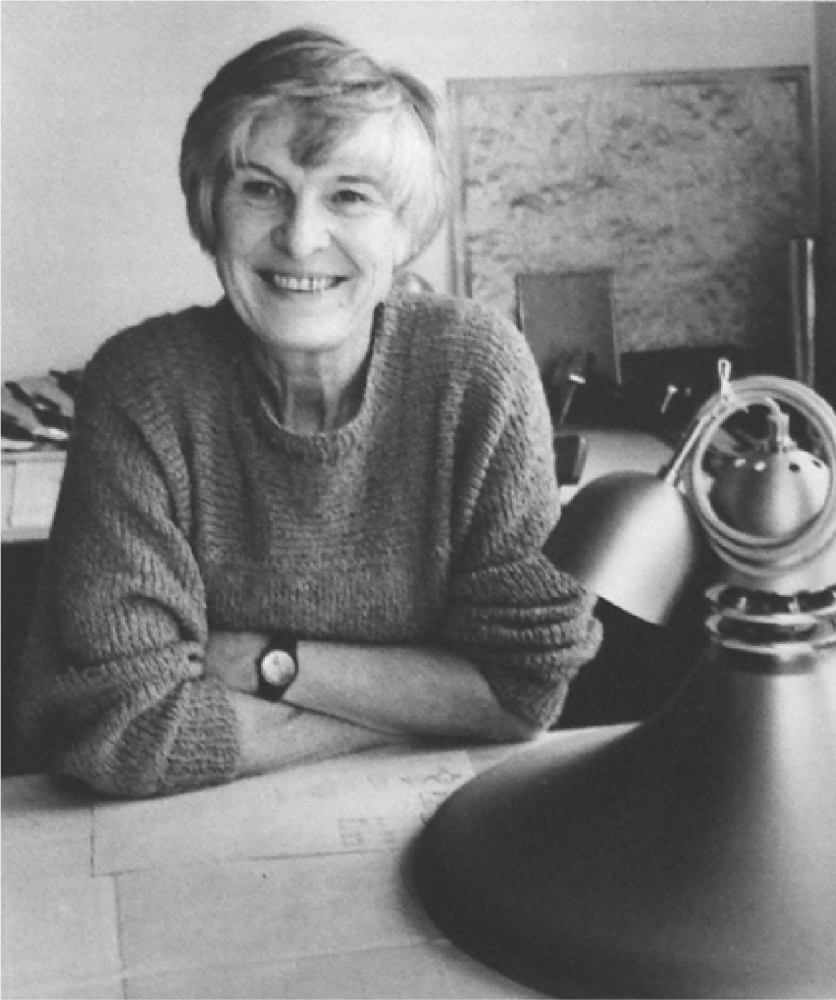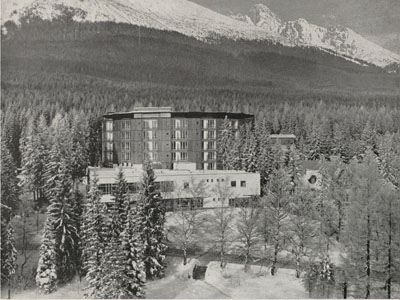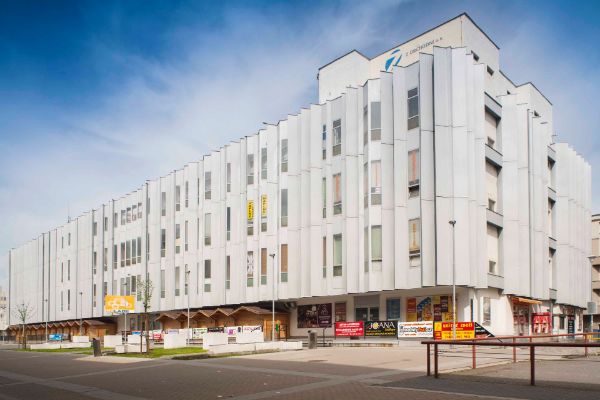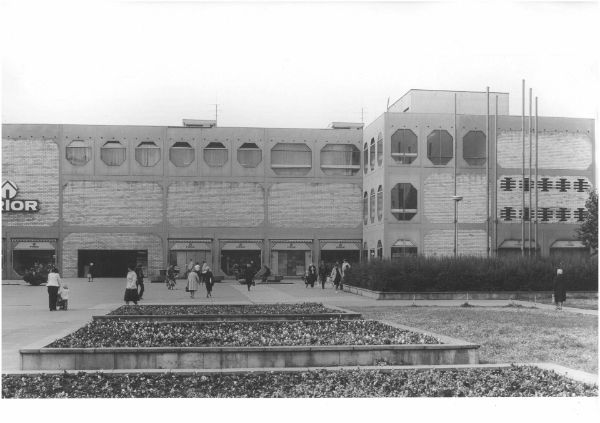Růžena Žertová was born in November 1932 in Ostrava as the first child of the geodet Alois Václav Žert and Stanislava Žertová, née Veselá. Two years after Růžena, her brother Petr, later also an architect, was born into the Czech family living in the Silesian town of Frýdek. After graduating from grammar school in 1951, Růžena wanted to transform her relationship to craftsmanship and materials into a study of textile design at the VŠUP in Prague. However, due to the limited opportunities offered by the early 1950s, she could only study architecture at the Czech Technical University in Prague. After only one year, in the politicized atmosphere there, she transferred to the University of Civil Engineering (later the Brno University of Technology), where she studied mainly in the studio led by Bedřich Rozehnal. Here she formed an idea of architecture as a practical discipline, the result of demographic and geological analysis of a place, functional requirements and aesthetic composition.
After graduating in 1957 Žertová refused to join the Ostrava Stavoprojekt, and remained unemployed for several months. In the autumn, when she finally abandoned the idea of studying scenography at the Academy of Performing Arts in Prague, she was hired by the Brno-based Potravinoprojekt. When the company split up in 1960, she moved to the State Project Institute of Trade Brno (SPÚO), where she also met her future husband, architect Igor Svoboda. Both of them led their architectural group within the studio of Jaroslav Hlavsa. The collegial relationship soon developed into a personal one, which turned into a marriage after fifteen years of cohabitation. At SPÚO Žertová created her most important works in the 1960s and 1970s – the designs of the Prior department stores in Košice, Pardubice and Ostrava and the Labe department store in Ústí nad Labem, as well as the unrealised study of Prior in Jihlava. In the designs of these buildings she managed to combine her unique artistic intuition and feel for materials with respect for construction and rational operational solutions.
In 1966, Žertová and Svoboda travelled to Liverpool to visit Ernst Wiesner and provide him materials for an exhibition dedicated to Bedřich Rozehnal. A year later, the pair collaborated for the first time on a larger project. Růžena designed the interior of the Tatra Park Hotel in Nový Smokovec, which was designed by Igor. However, they continued to work independently and their cooperation as complementary individuals was rarely repeated.
In the first half of the seventies, Žertová began to work in the SPÚO, designing clothing accessories and later jewellery and lighting fixtures. In 1978, two years after their marriage, Žertová and Svoboda decided to build a house in Brno-Žabovřesky. The decision of the authorities deprived her of her attic apartment, which she had built with her own forces. The ground-floor atrium building, influenced by Nordic architecture, remains an example of exceptionally high-quality housing to this day. The architect herself led the construction of between 1979 and 1982.
After leaving the SPÚO in 1983, she worked as an artist and designer registered with the Czech Fine Arts Fund until 1989. She designed several interiors and collaborated with her brother, who used her aluminium light fittings in his buildings. It was the design and realization of original lighting fixtures that became her main occupation and source of income. She also created titanium jewellery.
After the Velvet Revolution, Růžena Žertová returned to architecture and by 2007, when she experienced health problems, she had created over thirty designs for residential buildings, ensembles and urban studies. Among her other projects from the post-Soviet period, the reconstruction of the Brno branch of the Bayerische Vereinsbank stands out. In spite of considerable complications, Růžena Žertová devoted her last years to selfless work on a study of a community housing complex in Brno-Kohoutovice. In 2018, she received the Award of the Ministry of Culture of the Czech Republic for long-term artistic merit in architecture. A year later, she succumbed to a serious illness in Brno.
Sources:
Petr Klíma (ed.), Růžena Žertová. Architektka domů i věcí, Praha 2016.
Petr Klíma, Růžena Žertová (1932–2019), ERA 21 XIX, 2019, č. 6, s. 9–10.




